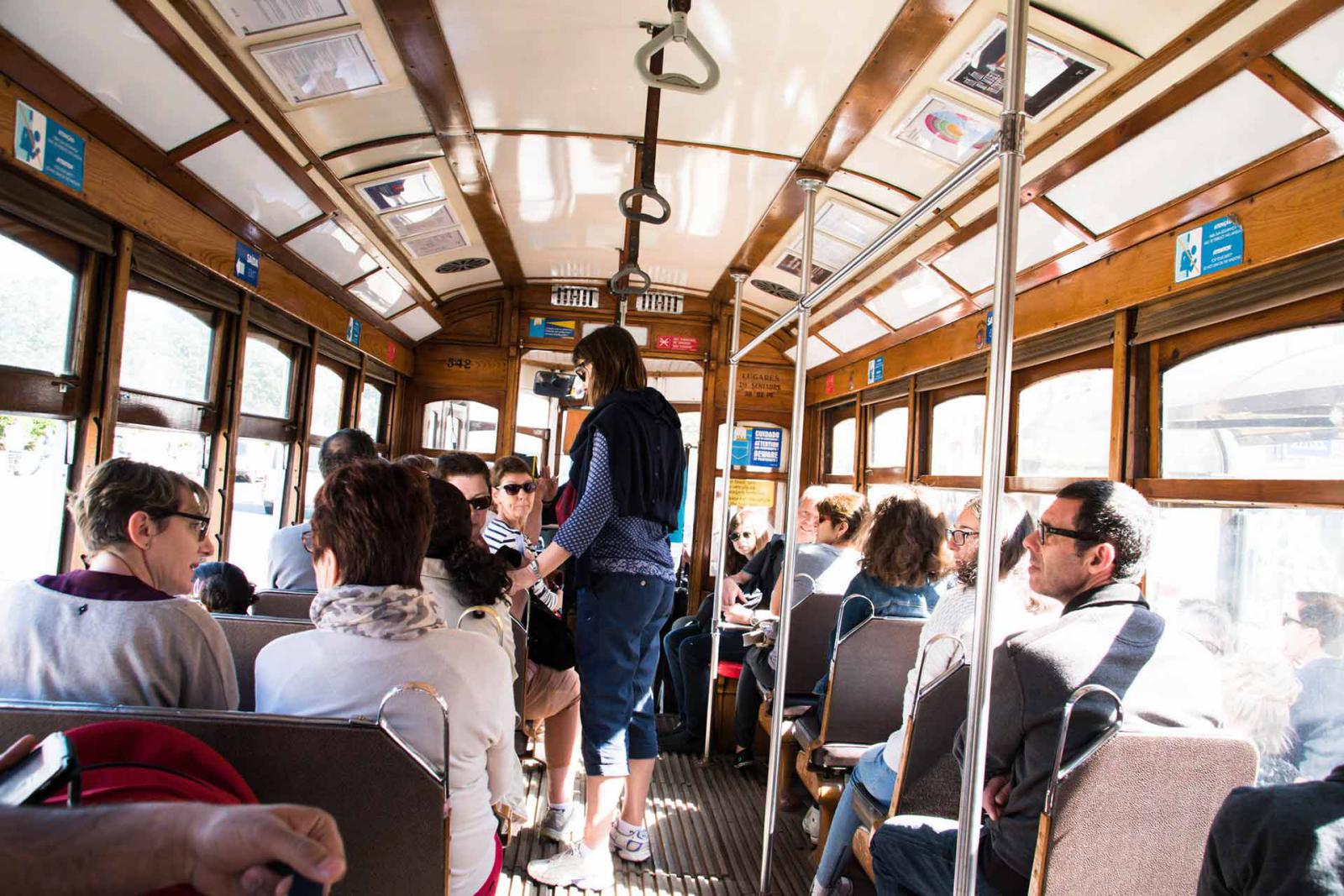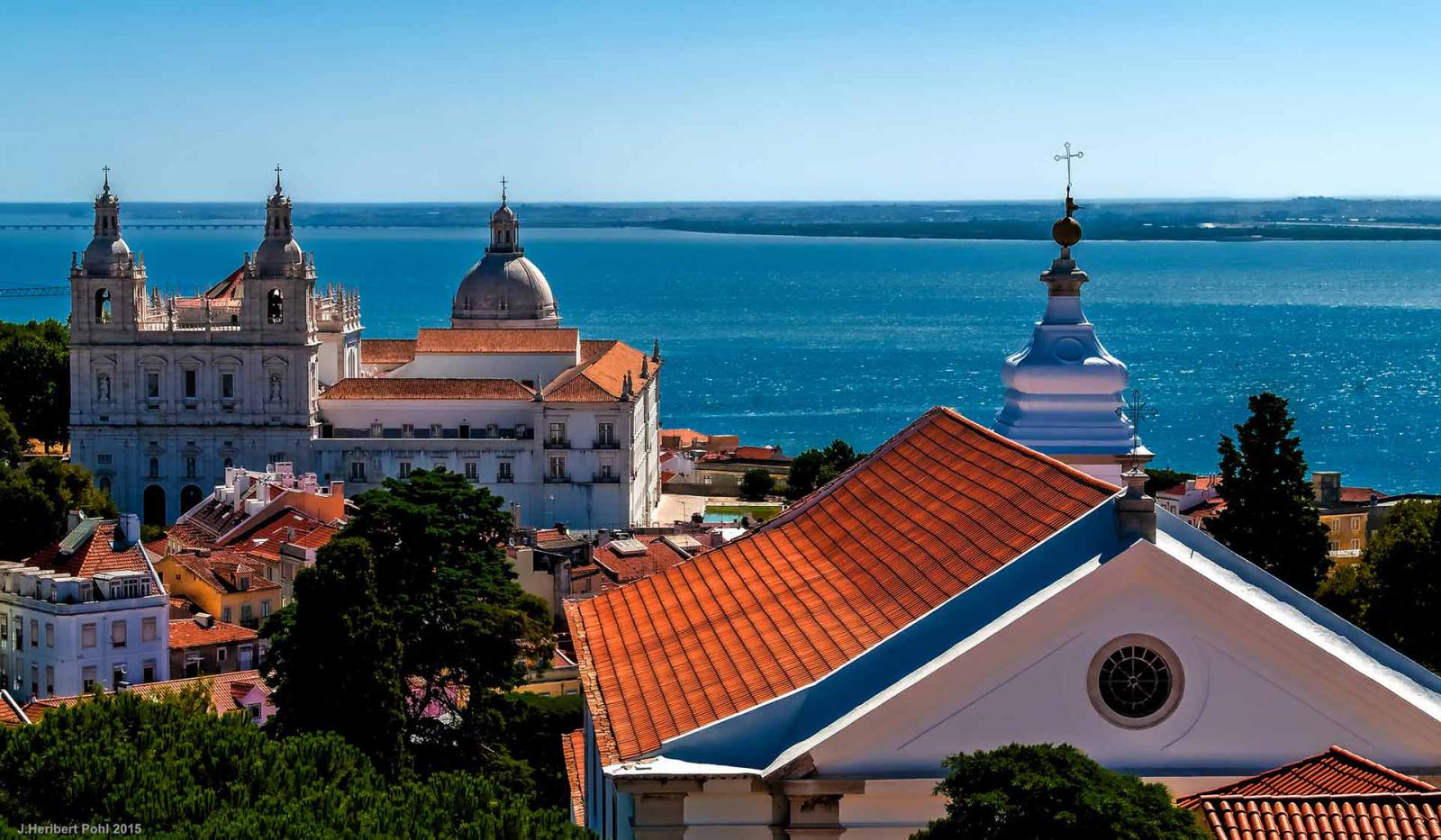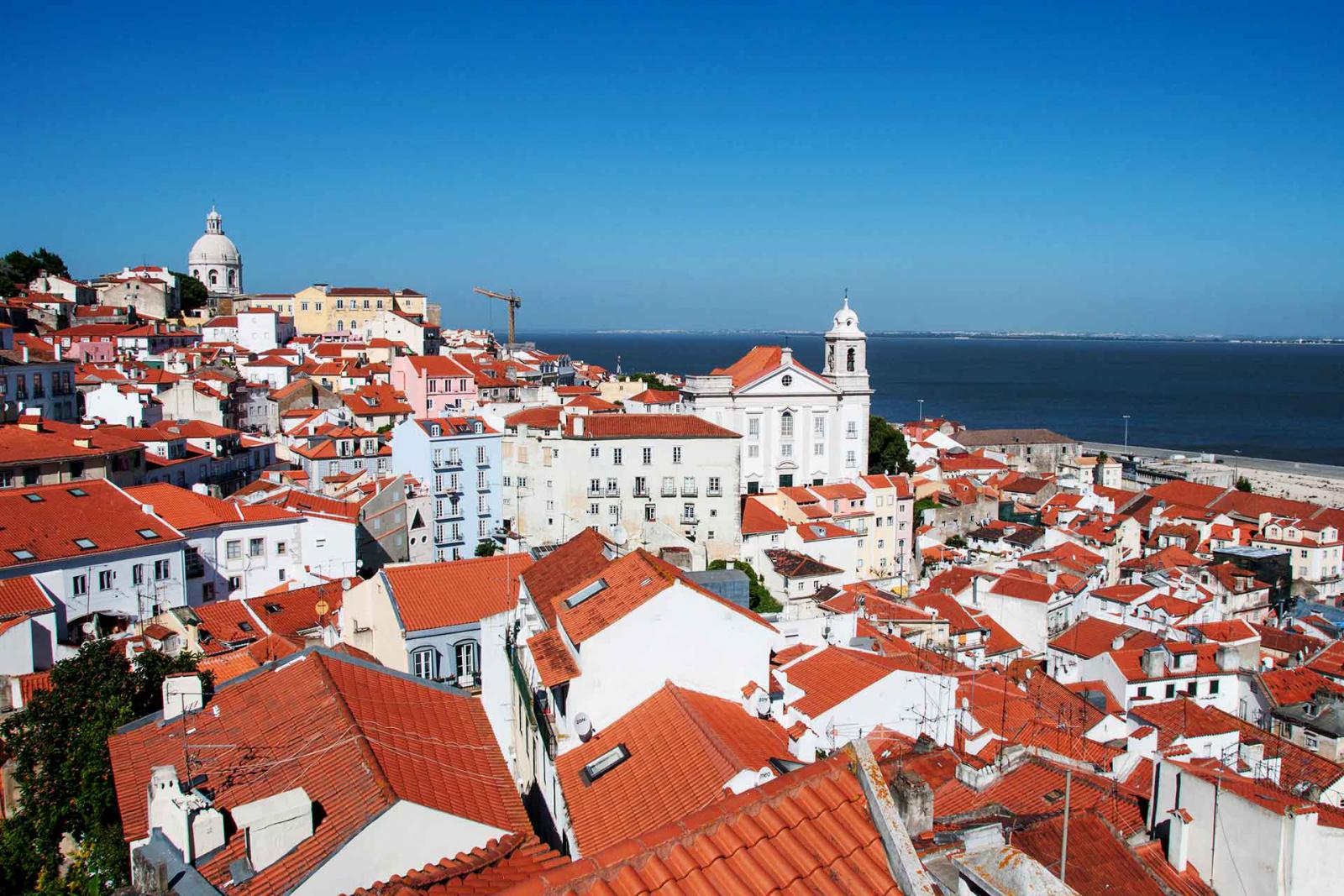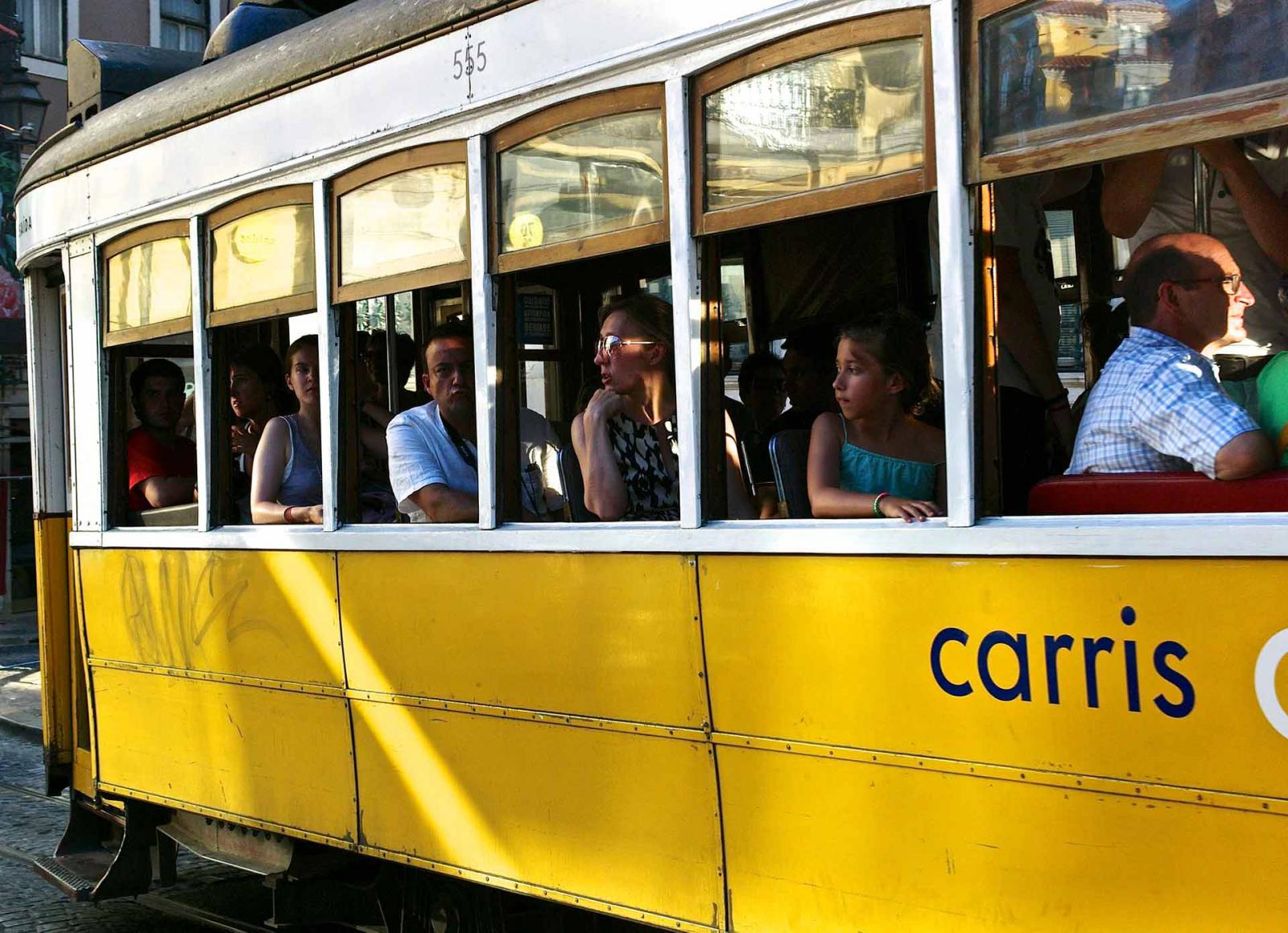Explore Lisbon aboard the mythical Electric 28
21 August 2022
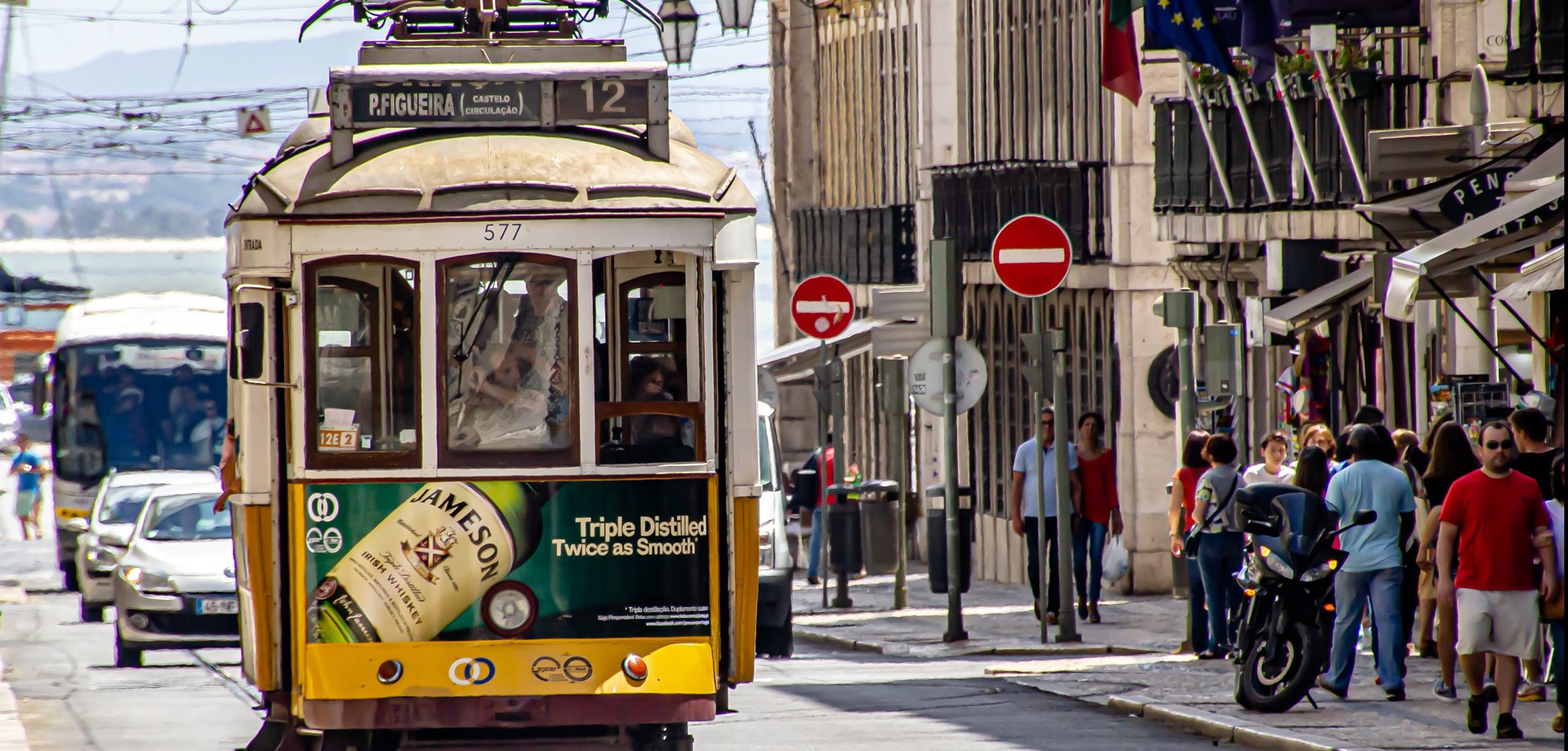
Lisbon's trams are for the Portuguese capital what the red double-decker buses are for London: machines that are part of the scenery and allow us to explore the city in the most picturesque ways. The 28E line is the most emblematic, offering a particularly wide range of discoveries, among monuments and hidden treasures.
Born in 1914, the legendary E28 line ("E" for "tram") of lisbon tram serves the centre of Lisbon and its hills. This centuries-old means of transport is undoubtedly the best way to walk the steepest streets, while saving the tedious exercise of walking along the paved slopes. If it still looks like a collector's toy, this "Refurbished" has two qualities that modern trams do not have. But, this vehicle has especially the technical possibility of making a circuit with tight curves, on steep hills.
From your departure at Praça do Martim Moniz, to your arrival at the Prazeres cemetery in the Campo Ourique district, the 35 stops on line 28 can be made in a good forty minutes. But you can also choose to use it in a "hop on/hop off" style, spend the day exploring the most remarkable environment and enjoy ing good addresses that we recommend here.
Real view of Grace
We will pass close to the walls on the hill climb of Graça: here beats the heart of a popular Lisbon. It is in this area, a few minutes walk from the stop of Rua de Graça, that you can access one of the most beautiful views of the city of Ulysses. Because who says hill, says point of view! Unmistakable, the Miradouro da Senhora do Monte is the highest and certainly one of the most beautiful viewpoints in Lisbon. It offers stunning views of the medieval Castle of St. George, and a panoramic view of the old town to the 25 de Abril bridge.
The tram passes in front of the white monastery of São Vicente da Fora, museum and burial place of the Portuguese kings: take time for a royal stop. The cloister of this monastery is decorated with 18th-century tiles, where the French tourist will easily recognize an illustration of 38 fables by the poet Jean de La Fontaine. Cloister that today houses the Royal Pantheon of the Braganza dynasty. It contains 44 tombs, including that of Queen Amelia (owner Amelia d'Orleans and Braganza), the last queen of Portugal, born in France. So think about climbing the terrace to enjoy a 360° view of the city called "Queen of the Tagus".
Monastery and cloister of São Vicente da Fora - Largo de São Vicente
Opening hours: Tuesday to Sunday, from 10 am to 6 pm.
Alfama: postcard and cultural treasures
We leave this old neighborhood of Graça to find another: alfama, at your feet. This image of Lisbon that we all have in mind is here: the red roofs, the white dome of the Pantheon, the blue of the Tagus. This is an opportunity to immerse your eyes in the soul of Lisbon from the large terrace of the Portas Do Sol cocktail bar. In a lounge setting, you can enjoy brunch or a light meal and enjoy a ginja or a spout, while imagining yourself walking through narrow alleys, stairs and vaulted walkways along the slopes.
Portas Do Sol - Largo das Portas do Sol, St. Helena Alley
Opening hours: Monday to Friday, from 9 am to 7 pm
A hundred meters further, the viewpoint of Santa Luzia is another must to observe the city. Our tram 28E continues its journey, shivering between fruit stalls and other shops, in the typical neighborhood that survived the earthquake of 1755. Go out! Not far away, we can deepen the cultural immersion by visiting the space A Arte da Terra, a cooperative that presents and markets Portuguese in a vaulted décor and where you can taste local wines and pastries.
The Art of the Earth - Rua Augusto Rosa 40
Opening hours: every day from 11:00 am to 8:00 pm
Visit poets in chiado district
A few curves and bumps later, after crossing the Baixa neighborhood, the journey of the small but legendary yellow tram continues in Chiado. You can greet the statue of the famous Portuguese Fernando Pessoa, sitting on the terrace of Café A Brasileira, which we mentioned in a previous post. The neighborhood boy, a café lover, was a regular at this establishment. It is one of the oldest in the capital, an institution that maintained its 1900s décor and its traditional public intellectuals (but now also many tourists). Will some cream pasteis and an espresso near your favorite table perhaps inspire some verses in honor of the beauties of Lisbon?
The Chiado neighborhood is also named after the poet António Ribeiro. It is not surprising to find, a little further away, the statue of another writer, Luís de Camões, in the square of the same name. Popular, real, the capital is here also literary.
The Brazilian - Rua Garrett 20
Opening hours: every day from 8:00 am to 2:00 am
An arrival under the 'lucky star' of the Star
The journey of tram 28E is about to end, and before our eyes the monuments of Lisbon continue to shine: the National Assembly or the funicular of Bica. Finally enter the historic district of Estrela, around its baroque-style white marble basilica. The Star Garden, right across the street, is a stop where you can stroll among the exotic trees or sit on a bench - much more relaxing than the often crowded trams.
And since we're in the Estrela neighborhood, why not end your tour with dinner at a Michelin-starred gourmet restaurant? The Loco, located next to the Basilica of the Star, reveals its guests its cuisine in a very modern décor. This Michelin-starred establishment is Alexandre Silva, the first winner of Top Chef Portugal, who likes to value local products. A perfect finish to finish the trip so characteristic that it offers the tram 28E in the heart of the various flavors of Lisbon.
by : www.hometown-lisboa.pt



